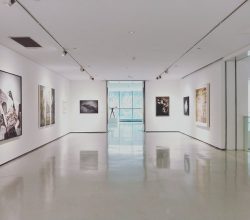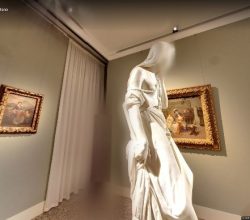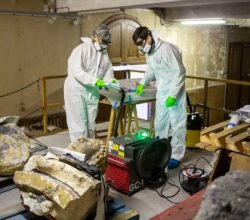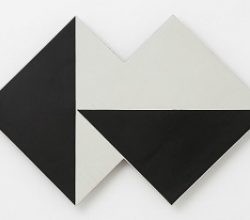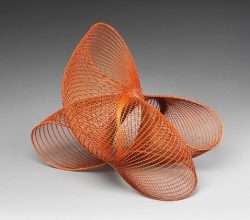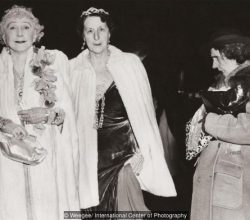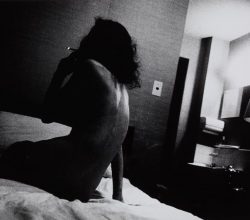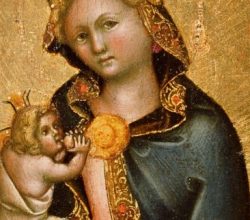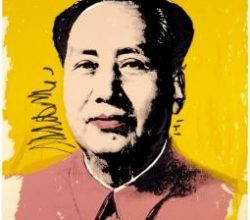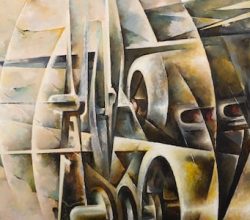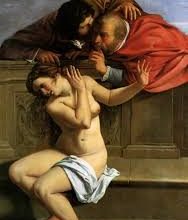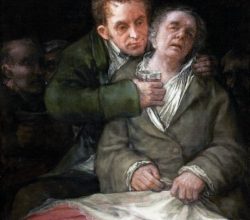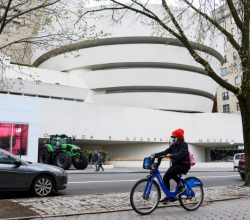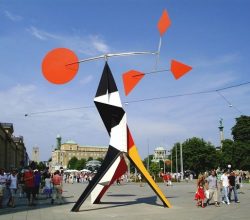
What Alexander Calder Understood About Joy
Rachel Corbett | The Atlantic | 1st May 2020
Having moved to Paris, Calder started his art-making with some unusual pieces – miniature model circuses. Playful, yes, but not trivial. Calder’s biographer reasons that they were an “experiment in spatial relations”. Soon after came wire sculptures and then the mobile, the fullest expression of Calder’s artistic vision, “an art not of isolated or singular objects but of a dialogue between objects”.
(Morgan Meis will be interviewing Jed Perl about his Calder biography next month. – Ed)

